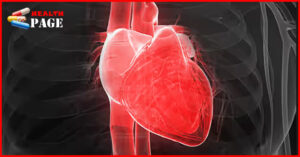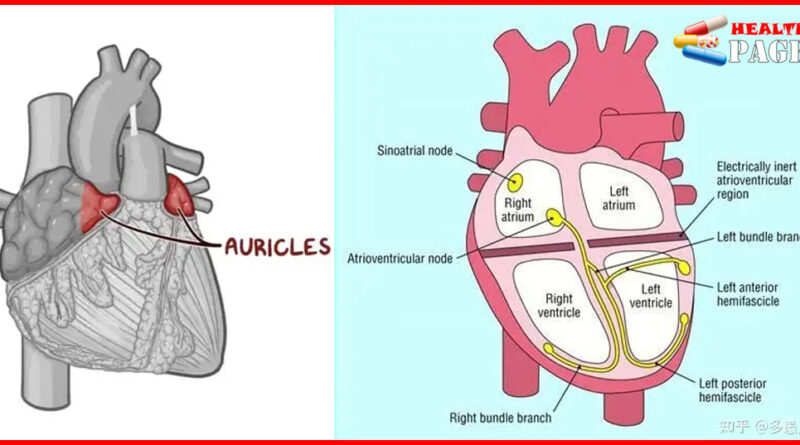what is human heart ? how does it work
What is the heart? The heart is a blood pump that pumps blood to all parts of the body. The internal structure of the heart is more like a two-bedroom, two-living room house with four doors, pipes, and circuits.
It has two rooms and two halls – left and right atria and left and right ventricles.
It has four valves – aortic valve, pulmonary valve, mitral valve, tricuspid valve
Heart has walls—the walls of the atria and ventricles (myocardium)
It has water pipes – the blood vessels of the heart
1. The gate of the heart – valve

These doors are not ordinary. Some are compose of two doors opening opposite each other, and some are composed of three doors. They can only move in one direction.
If this door cannot be open wide, the space for entry and exit will become smaller. This is what we often call valvular stenosis.
If the door is not close tightly and leaks air, this is what we often call valvular insufficiency or reflux.
If this door falls down, it is call valve prolapse, which can also cause insufficiency and reflux.
2.1 The wall inside the heart – the partition
If there is a hole in the wall, air and rain can leak in, this is call atrial septal defect or ventricular septal defect (the most common congenital heart disease).


2.2 The outer wall of the heart – the myocardium
If the walls are thicker, the room will be smaller, there will be less blood inside, and the blood pumped out will not be enough.
Or if the wall is too thick and blocks the door, the blood cannot be pump out, and the patient will become dizzy (black eyes), faint, or even die suddenly!
Causes of myocardial hypertrophy:
1. The walls may be thick when the house was built, which is congenital. This is call “hypertrophic cardiomyopathy” .
2. It may be cause by “training” of high blood pressure.
If the walls are too thin, the room may be larger but very fragile and have no strength to contract. This is call “dilated cardiomyopathy.”



3. The heart’s water pipes – coronary vessels
The heart’s water pipes, namely the coronary blood vessels, are use to transport blood and nourish the myocardium.
Water pipes will inevitably age after being used for a long time, which is call arteriosclerosis .
Even if you keep dumping “garbage” into it, it may cause the water pipes to narrow and become blocked. This is call arterial plaque, which can cause angina pectoris or myocardial infarction .

If the water pipe is narrow, the water will not flow smoothly; if the water pipe is block, the water will stop flowing! Without the nutrition of blood, the myocardium will suffer from ischemia (angina pectoris) or even necrosis (angina pectoris).
4. The heart’s electrical circuit – the cardiac conduction system
The sinoatrial node is the generator, and electricityreaches the “relay station” atrioventricular node through the interatrial bundle and thencontinues to pass through the His bundle to the left/right bundle branch. Under the guidance of this circuit, the heart performs regular contraction and relaxation.
If there is a problem with the circuit
Maybe the lights will go out – cardiac arrest
Maybe the lights will flicker randomly—various types of arrhythmias.



Pingback: Low blood pressure, fast heartbeat, chest tightness and shortness of breath, be careful of pulmonary vascular blockage
Pingback: Lifespan of human blood vessels is as long as that of human life.
Pingback: How does perform A golfer in good physical condition
Pingback: 7 Day Fruit Diet - Health & Fitness
Pingback: Sex timing kaise badhaye: healthy tips